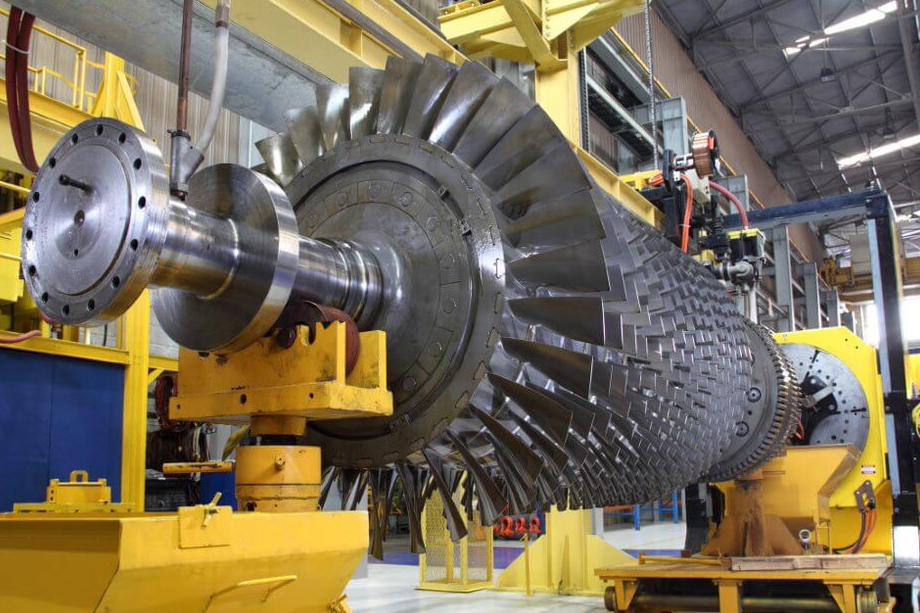What challenges exist when 3D printing superalloys, and how are they addressed?
What Challenges Exist When 3D Printing Superalloys, and How Are They Addressed?
1. Cracking and Residual Stress
Challenge: Superalloys such as Inconel 718 and Haynes 230 are prone to hot cracking due to their high strength and limited ductility at elevated temperatures. Rapid cooling in Powder Bed Fusion or Electron Beam Melting (EBM) can cause internal stresses that lead to microcracks, especially in thick or high-aspect-ratio parts.
Solution: Controlled preheating, optimized scan strategies, and slower cooling rates help reduce thermal gradients. Post-processing via heat treatment and Hot Isostatic Pressing (HIP) relieves residual stress and closes internal cracks.
2. Porosity and Incomplete Fusion
Challenge: Incomplete melting or improper powder flow can result in lack-of-fusion defects or trapped gas porosity, which compromises mechanical strength and fatigue performance. This is particularly critical in components made from Hastelloy X and Stellite 6B, which require dense, flaw-free structures for aerospace and industrial applications.
Solution: Using spherical, high-purity powder with controlled particle size improves powder flow and layer uniformity. Applying HIP post-build significantly increases density and fatigue strength by eliminating internal porosity.
3. Printability and Alloy Composition Limitations
Challenge: Many superalloys were originally designed for casting or forging, not additive manufacturing. Their composition often leads to segregation, microstructural instability, or poor weldability during 3D printing.
Solution: Select additive-optimized superalloys such as Inconel 625 or Rene 41, which are more tolerant to the rapid solidification conditions in laser- or electron-beam-based processes. Additionally, tailored process parameters (laser power, layer thickness, scan speed) ensure stable builds.
4. Surface Roughness and Post-Processing Demand
Challenge: Superalloy parts printed via SLM or DED often have rough as-built surfaces (Ra 8–15 µm), which can negatively affect fatigue life and corrosion resistance.
Solution: Apply finishing techniques such as CNC machining, electropolishing, or thermal barrier coatings (TBC) to improve surface quality and enhance performance in high-temperature or corrosive environments.
5. Build Failures and Process Instability
Challenge: The high melting temperatures and reflectivity of nickel-based and cobalt-based superalloys increase the risk of process instability, including incomplete layer bonding, delamination, and thermal distortion.
Solution: Use tightly controlled environmental conditions (inert gas atmosphere, oxygen levels <100 ppm), consistent powder feed, and real-time process monitoring to ensure print stability. Directed Energy Deposition (DED) is sometimes preferred for large or complex repairs due to its robustness with high-temperature alloys.
Recommended Services for Superalloy 3D Printing
Neway provides end-to-end solutions to address the challenges of superalloy additive manufacturing:
Superalloy 3D Printing: For components exposed to heat, fatigue, and corrosion
Heat Treatment: For microstructural stabilization and stress relief
Hot Isostatic Pressing (HIP): For eliminating porosity and improving fatigue resistance
CNC Machining: For surface refinement and dimensional control
Surface Treatment: Including coatings and polishing to enhance durability



